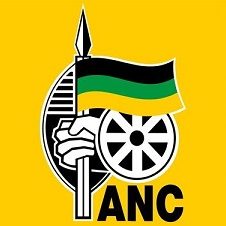“The matter of the cadres of the movement has always been an important part of what constitutes the ANC, of what defines the ANC; and those cadres have changed over time”
Thabo Mbeki
Historically, many great revolutionaries have defined for us what a cadre of the revolution is and what the cadre’s main traits or characters are. If we were to look at the cadre concept from a historically materialistic perspective, we could arguably say Nikolai Chernshevsky was one of the earliest revolutionaries to coin for us the cadre concept with his depiction of the fictional character, ‘Rakhmetov’ in his magnum opus “What is to be done; a vital question”. A book that inspired the Russian revolution and many of its leaders including Lenin, Stalin, and Trotsky.
But before we start with the who did what and when perhaps it would be best if we were to make an empty in tracing the etymological meaning of the word cadre first.
The word cadre is from the French word “kadr” which literally means a frame of a picture. The use of the word Cadre is found in use in both the July revolution (1830) and the February revolution (1848) that occurred in France.
The French used the word cadre to refer to those revolutionary fighters that gave shape and structure to their military and combat work during the revolution, the soldiers that gave their revolution structure and shape. The defeat of these soldiers meant an automatic collapse of the revolution.
These types of cadres were revolutionary soldiers who manned the barracks, trained the troopers, planned their military tactics, and gave overall shape to their revolution. Thus they have named cadres because they held together with the revolution in the same manner a picture frame holds the picture.
Now, back to Chernshevsky and why his work is central to the cadre concept: Chernshevsky says to us, if we are to conduct a successful revolution, a cadre cannot be an ideal thing that we romanticize about and it magically appears. Chernshevsky says to us, we cannot say we want such and such a revolutionary cadre to wage the economic battle in the second most radical phase of our transition.
We ought to deliberately develop and make this cadre. Therefore, our obsession should be in the making of this “new cadre”. I’m arguing that we still need to make this cadre because, since 2013, the year declared the decade of a cadre, there’s very little that has been done and by the time we reach the year 2023 we’d still be nowhere close to having this “new cadre” that the movement so dearly needs.]
